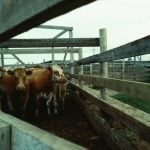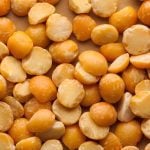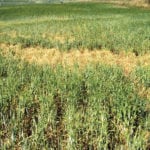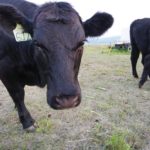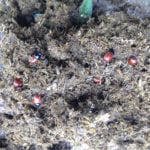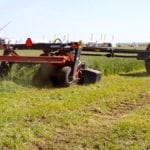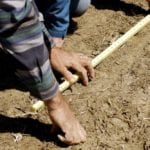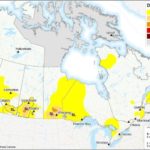Nitrate levels in forages can sometimes be a problem for cattle. Depending on growing conditions, certain plants may accumulate too much nitrate to be safely fed to cattle unless those high-nitrate feeds can be diluted by mixing with other forages. Colby Elford, livestock and feed extension specialist, Ministry of Agriculture, Moose Jaw, Sask., says it […] Read more
